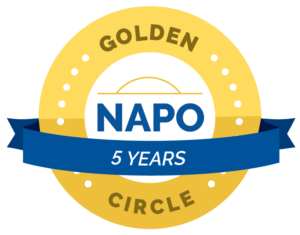Decisions are hard. Sometimes people are completely debilitated by the thought of making the wrong decision, but the outcome of not deciding can also be catastrophic.
What’s a person to do?
Here are a couple of great resources I’ve used over the years.
First, the tree analogy presented in Fierce Conversations (Susan Scott) as told to an emerging member of a management team:
The Decision Tree – a roadmap for delegation.
“Think of our company as a green and growing tree. In order to ensure its ongoing health, countless decisions are made daily, weekly, monthly. Right now, you have a good history of making decisions in several areas. So let’s think of these areas as leaf-level decisions. Make them, act on them and don’t tell me what you did. Let’s make it our goal to move more decisions out to the leaf level. That’s how you and I will know you’re developing as a leader.”
The four categories of decisions:
Leaf Decisions:
Make the decision. Act on it. Do not report the action you took.
Branch Decisions:
Make the decision. Act on it. Report the action you took daily, weekly, or monthly.
Trunk Decisions:
Make the decision. Report your decision before you take action.
Root Decisions:
Make the decision jointly, with input from many people. These are the decisions that, if poorly made and implemented, could cause harm to the organization.
The analogy of root, trunk, branch and leaf decisions indicates the degree of potential harm or good to the organization as action is taken at each level. A trunk decision isn’t necessarily more important than a leaf decision. Poor but if you unwittingly yank a leaf off a tree, the tree won’t die.
The goal of the decision tree?
- Employees are aware of their authority levels.
- Provides employees with a clear path of professional development.
- Assists companies in consciously developing leadership within their organizations.
I also love the decision-making process presented by the UMass Dartmouth.
- Identify the decision.
- Gather information.
- Identify alternatives.
- Weigh the evidence.
- Choose among alternatives.
- Take action.
- Review your decision.
If we consistently follow the delegation of authority model (tree analogy) and the 7-step process model, we can be relatively sure that our decisions, although possibly not always correct, will have been made to the best of our abilities.
Cindy Jobs, COC, ACC
Looking for more information?
Click here for 15-minute organizing tips.
Click here to schedule a complimentary breakthrough session.
For more helpful information, follow me on Facebook.



Attention Deficit Disorder Association
National Association of Productivity & Organizing Professionals, Seattle Chapter
International Coach Federation
Institute for Challenging Disorganization
Level I Certificates earned in Chronic Disorganization; ADD; Client Administration; Time Management; Mental Health; and Hoarding.
Level II Specialist Certificates earned in Chronic Disorganization and ADHD.







